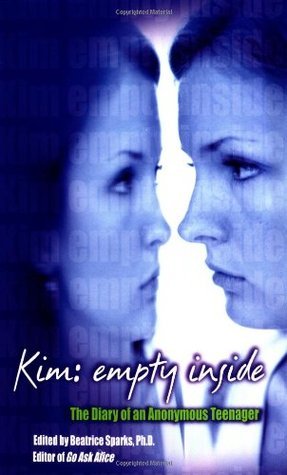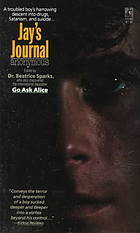
Kim: Empty Inside: The Diary of an Anonymous Teenager
Book Description
Trapped in a world where connections feel shallow and loneliness looms large, Kim’s inner thoughts spill onto the pages of her diary, revealing a haunting struggle that many teens face. Each entry dives deeper into her emotional turmoil, friendships that fracture, and the relentless search for identity amid her chaotic life. As Kim grapples with heartache, secrets, and the quest for belonging, the weight of her words pulls readers into an urgent, raw narrative that stirs the soul. What happens when the fight to be seen collides with the fear of being truly known?
Quick Book Summary
"Kim: Empty Inside" presents the raw, poignant diary of a teenage girl struggling with an eating disorder, feelings of isolation, and the desire to be understood. Through candid, intimate diary entries, Kim reveals her battles with self-worth, fractured relationships, and the confusion of adolescence. As she attempts to navigate friendships, family expectations, and her own harsh inner voice, Kim’s vulnerability pulls readers into the emotional turbulence many teens face in silence. The narrative tackles difficult topics such as bulimia, peer pressure, and the longing for acceptance, all while capturing the uncertainty and resilience at the heart of Kim’s journey. Ultimately, the book offers insight into the silent pain of those facing mental health issues, while holding out hope for connection and healing.
Summary of Key Ideas
Table of Contents
Struggles with Identity and Self-Esteem
The story unfolds through Kim’s diary, inviting readers into her private world where she struggles to define herself amidst a swirl of insecurity and self-doubt. Confronted daily by images of unattainable perfection and the pressures of adolescence, Kim’s entries capture her desperate attempts to gain control over her life, often manifesting through her eating disorder. The relentless scrutiny of her body and mind becomes a prison, fueling her belief that happiness is contingent upon physical acceptance and social validation.
The Isolation of Mental Illness
Kim’s internal battle is compounded by a profound sense of loneliness. Despite being surrounded by classmates, family, and acquaintances, she feels invisible and misunderstood. Her eating disorder becomes both a coping mechanism and a further source of isolation, a secret that feeds her shame and distances her from meaningful connection. The diary format provides an authentic, unfiltered view of her pain, making her struggles instantly relatable to anyone who has felt similarly adrift or unseen.
Family and Friendship Tensions
Relationships in Kim’s life add complexity and depth to her experience. Friction with her parents, who are often depicted as well-meaning but oblivious, amplifies her feelings of alienation. Friendships falter as secrets mount and trust erodes, with Kim often trapped between wanting support and fearing judgment. These dynamics reflect the turbulent nature of adolescent relationships, where loyalties are tested and honest communication is often fraught with risk.
Seeking Belonging and Acceptance
Central to Kim’s journey is her yearning for acceptance—not just from others, but also from herself. She vacillates between hope and despair, occasionally glimpsing moments of clarity where she recognizes her inherent worth. These flashes of insight emerge through therapy, the support of caring individuals, and her growing determination to break free from destructive patterns. The diary’s introspective tone tracks Kim’s slow, painful progress toward greater self-understanding.
The Journey Toward Recovery
As Kim’s narrative draws toward its conclusion, the prospect of recovery begins to glimmer. Her willingness to seek help, as well as moments of vulnerability with trusted mentors and friends, hint at the possibility of healing. While the path forward is far from certain, the memoir closes on a note of cautious optimism, validating the ongoing struggle many teens endure while reminding readers that connection, understanding, and hope are possible even in the darkest of times.
Download This Summary
Get a free PDF of this summary instantly — no email required.





